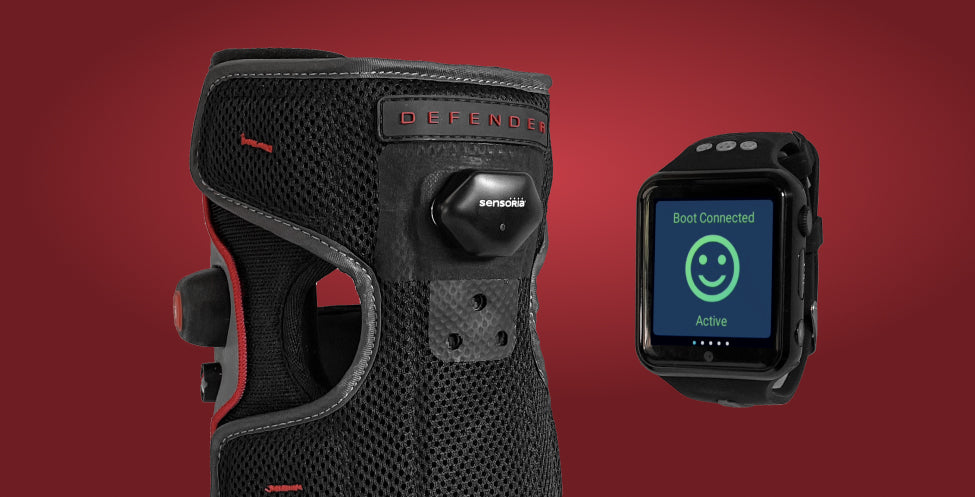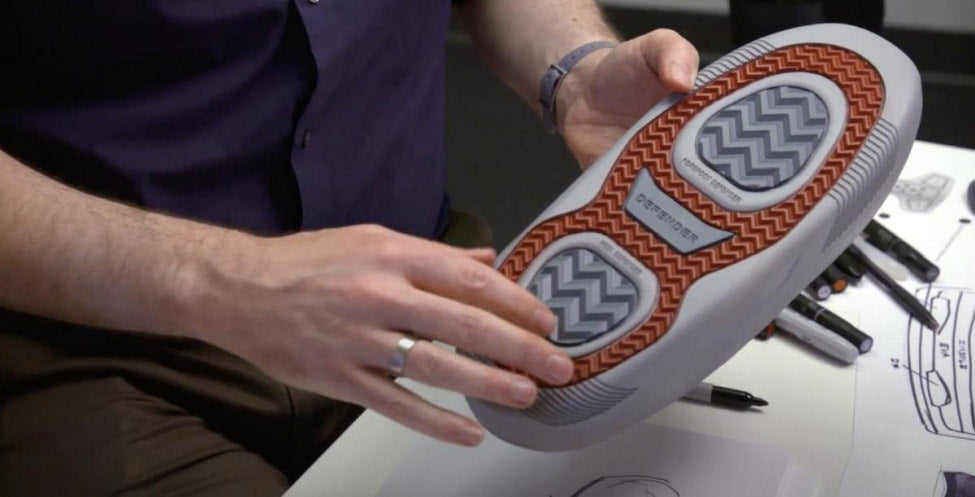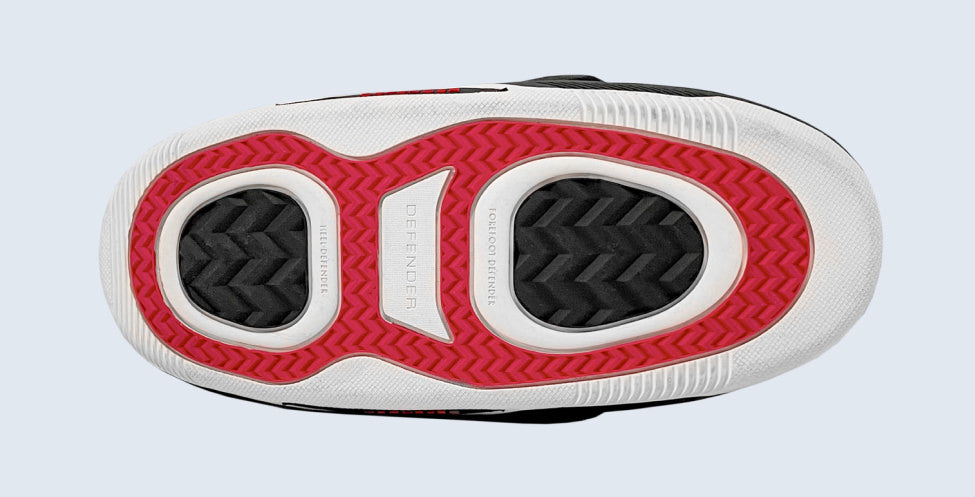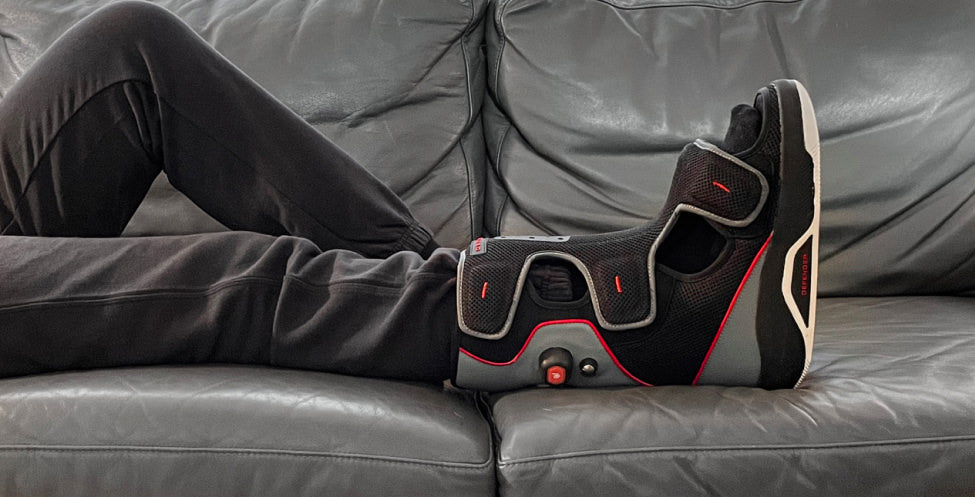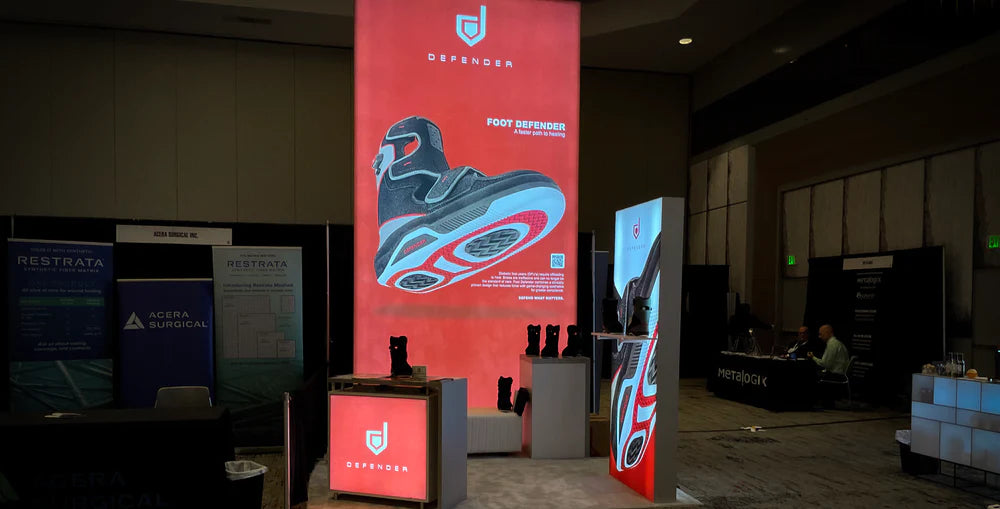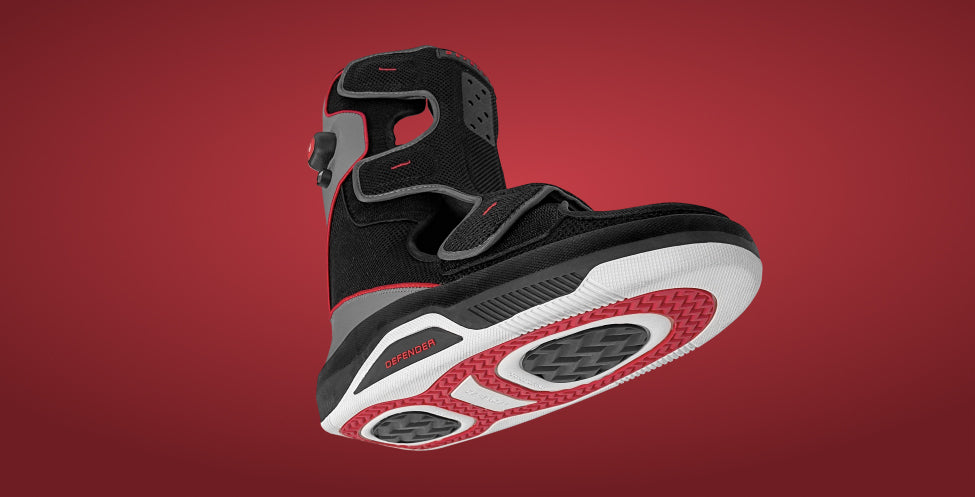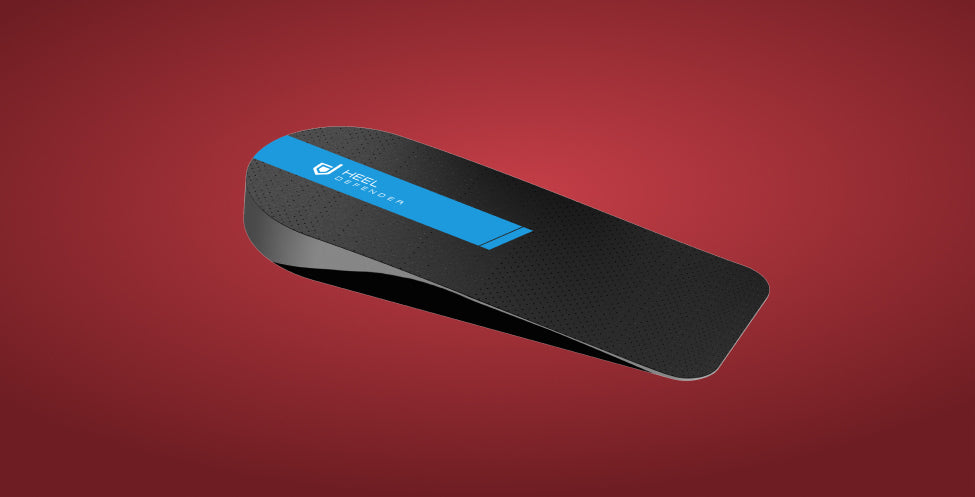Diabetes has reached epidemic proportions and is a major public health concern. At present, over 37 million Americans have been diagnosed with diabetes, while another 8.5 million people remain undiagnosed. What’s more, up to 25% of this population will develop a diabetes-related foot ulceration in their lifetime. For this reason, early implementation of offloading footwear is vital.
Although foot ulcerations are preventable and treatable, they remain the number one cause of hospitalizations for people living with diabetes. Every day nearly 300 Americans will have a limb amputation procedure. Moreover, 85% of these amputations are directly correlated with a non-healing, diabetes-related foot wound.
Rates of hospitalizations, incidence of foot ulcerations, and limb amputations continue to rise. Evidence shows that there’s up to a 50% mortality rate in this population — which is significantly higher than most cancer-related statistics.

While recommended standards of care have been in place over the past 50 years, outcomes have not been promising. Traditional cornerstones of management for diabetes-related foot wounds include: Establishing blood flow, infection management, and offloading (removing) forces on the bottom of the foot. Despite these care recommendations, there have been little to no improvements in wound healing outcomes, as demonstrated by rising rates of surgical limb amputations.
Dr. Adam Landsman DPM, Ph.D., and FACFAS of Harvard Medical School said, “The academic knowledge of how to heal wounds quickly and prevent amputation has existed for decades. The practical implementation has been lagging. Many professionals and patients still treat diabetic foot wounds as a small break in the skin rather than a precursor to amputation. This relaxed approach leads to significant time delays in treatment and the lack of consistent or effective offloading. Diabetic foot wounds on the bottom of the foot that are not offloaded are not likely to heal and more likely to lead to infection, hospitalization, and amputation. Early, active, consistent offloading, with devices that reduce the forces of walking has been shown to heal wounds consistently and limit complications.”
“This is precisely why we designed the Foot Defender®,” explained the Founder and CEO of Defender, Jason R. Hanft DPM, FACFAS.

Crafted with modern aesthetics, materials, and advanced biomechanical engineering, the Foot Defender® is a masterpiece of function and fashion. With endorsement from patients and providers, it offers an early and effective solution for the treatment of diabetes-related foot wounds. By consistently reducing forces on the foot, wounds are healing faster with fewer complications.
“We believe that the early utilization of appropriate offloading and the limitation of ambulation in shoes will drastically affect the rate of wound healing and help to limit unnecessary amputation in patients with diabetes and foot wounds. Other outdated methods or ‘wait and see’ approaches allowing patients to wear shoes are ineffective, frequently leading to preventable amputations and death. The new standard for patients with diabetes and foot wounds should be early, effective offloading with devices such as the Foot Defender® to limit forces on the bottom of the foot,“ said Dr. Hanft.
Defender is at the ready in the event of a foot ulcer diagnosis, with a mission to provide everyone rapid access to protective offloading footwear. As a result of this commitment, people are wearing Foot Defender® within days of their diagnosis, benefitting from a reduction of walking forces and a protective, healing environment.
Defender’s expansive care offerings include remote patient monitoring with Foot Defender+, the world’s most accurate activity monitor. Powered by Sensoria® with Bluetooth sensor technology, this solution offers wireless communication with a smartwatch and cloud-based desktops. While patients benefit from improvements in healing and strengthened patient-provider relationships between appointments, providers can monitor compliance and utilization with easy-to-use software. This turn-key remote monitoring also offers financial incentives for providers through reimbursement of MIPS-generated quality measures.
The Foot Defender® is now available online at Footdefender.com, Amazon, or through medical professionals and DME distributors in the US.

Learn more about Foot Defender® for treating and preventing diabetes-related foot wounds. Contact us, call +1 305-204-7203 or connect on LinkedIn.



